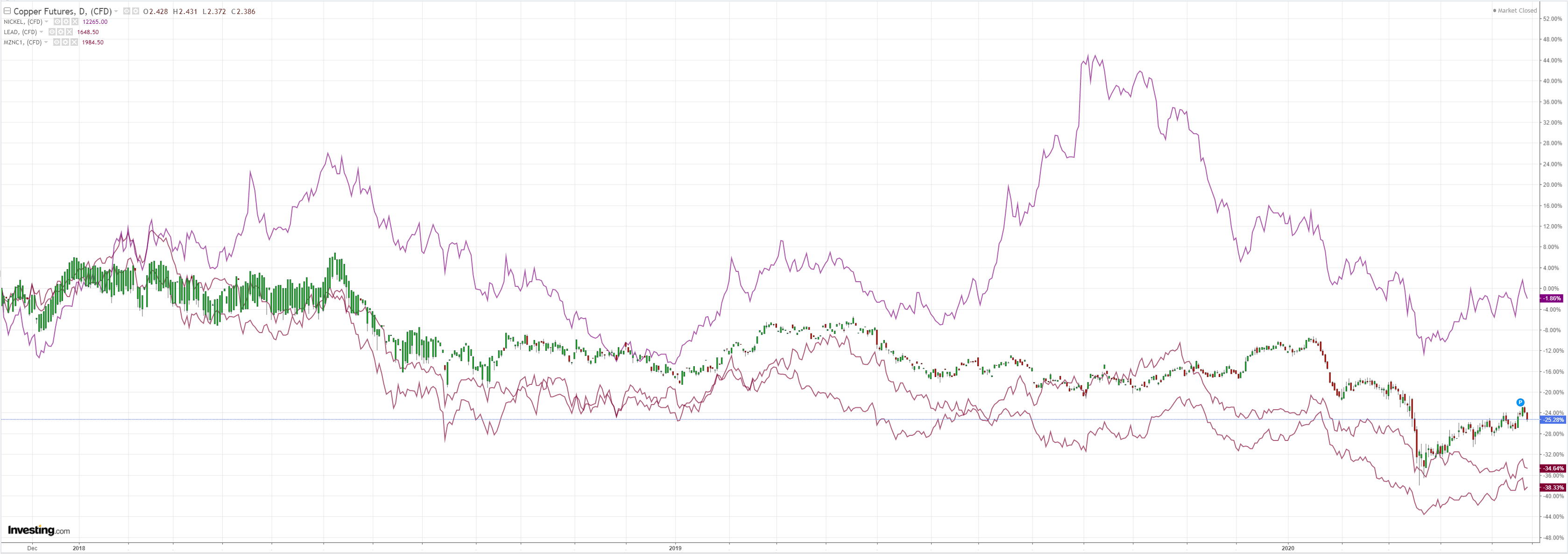DXY was strong Friday night markets braced for war in Hong Kong:
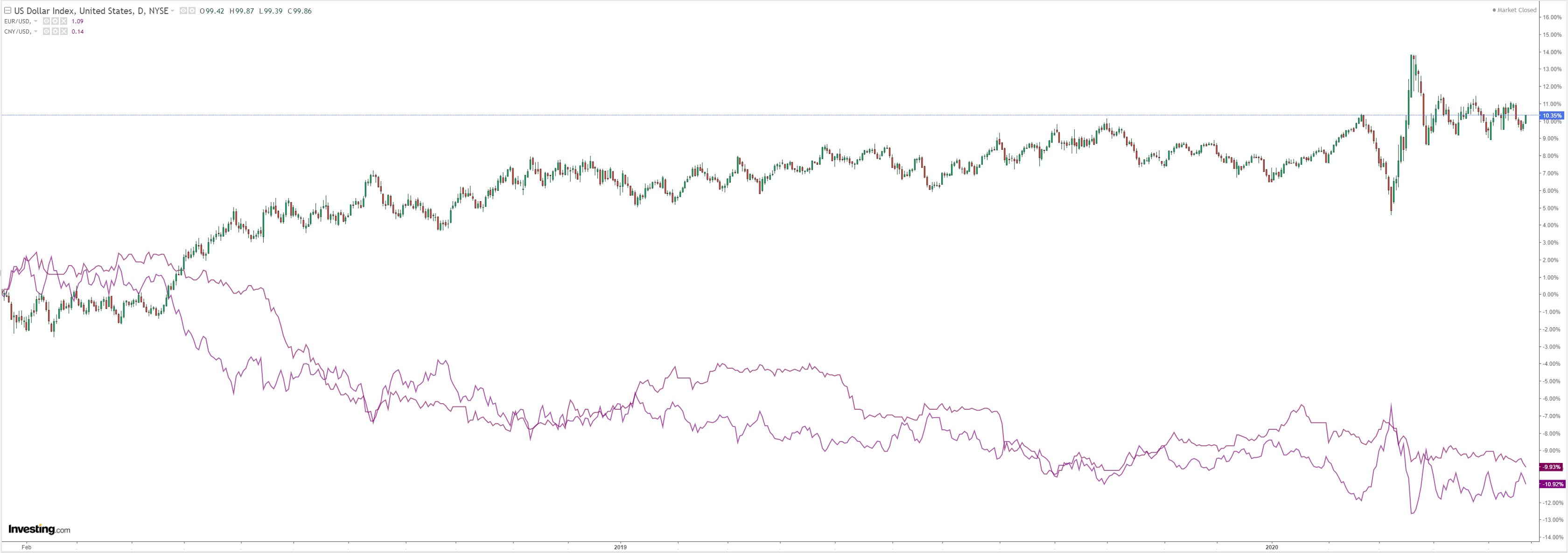
The Australian dollar fell sharply but bounced as well:
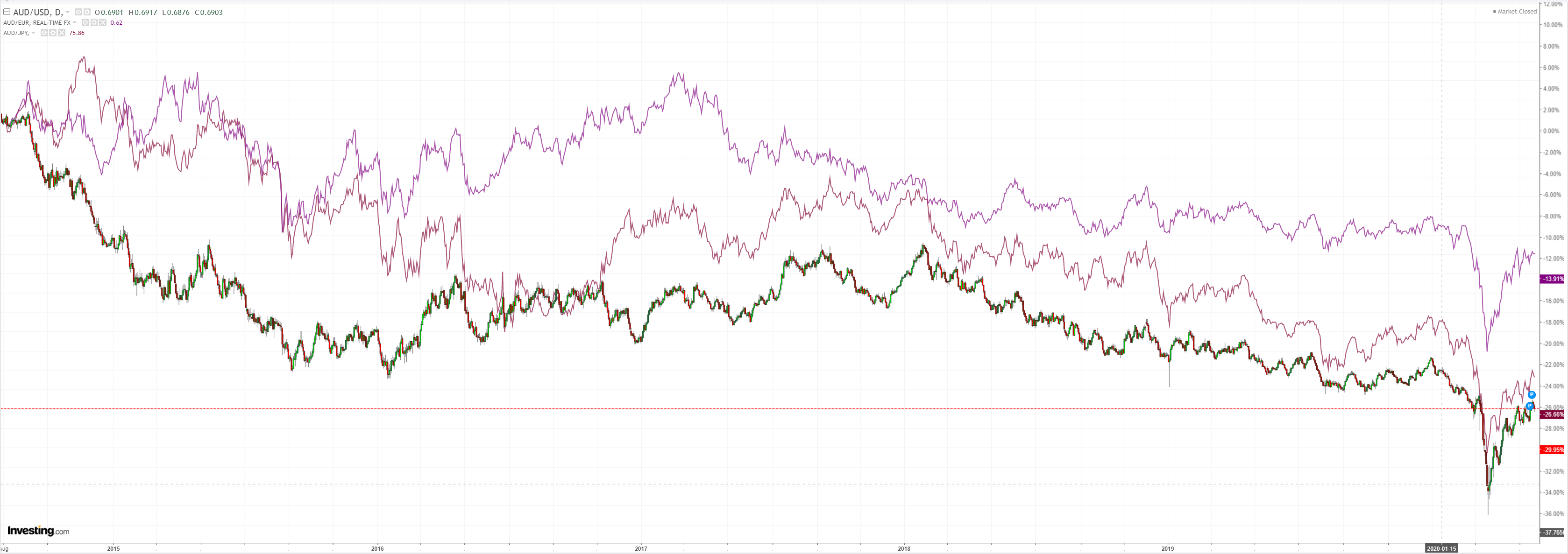
EMs continued their charge:
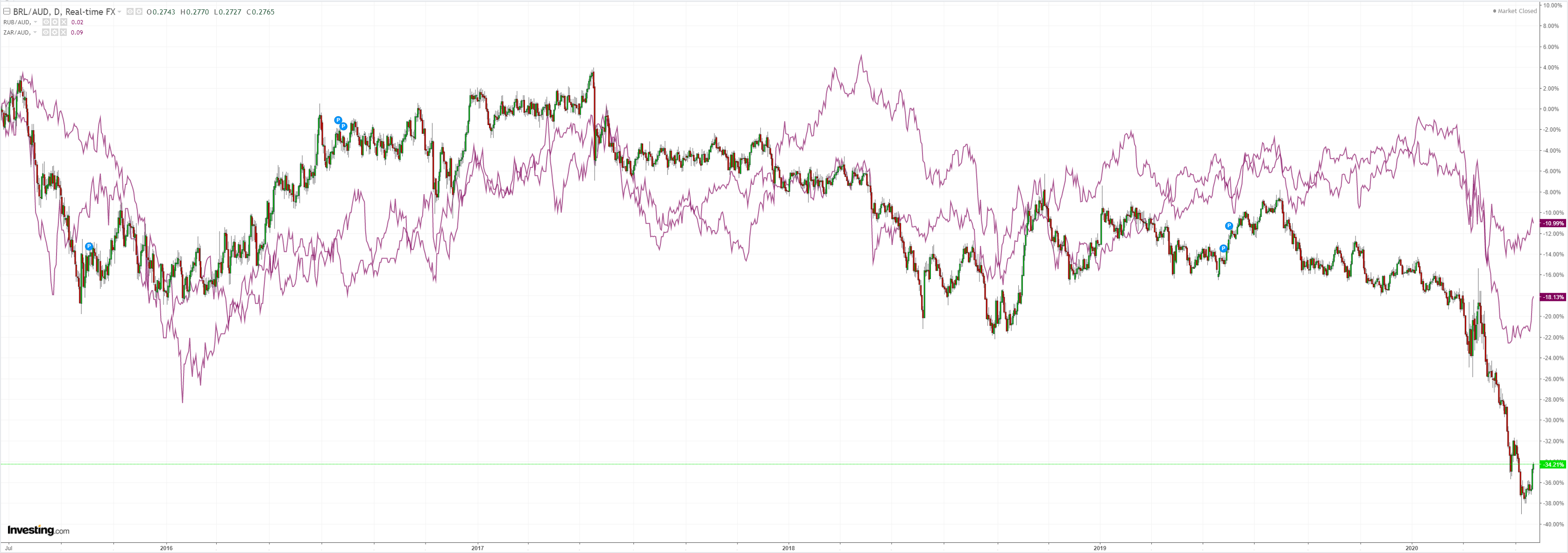
Gold firmed:
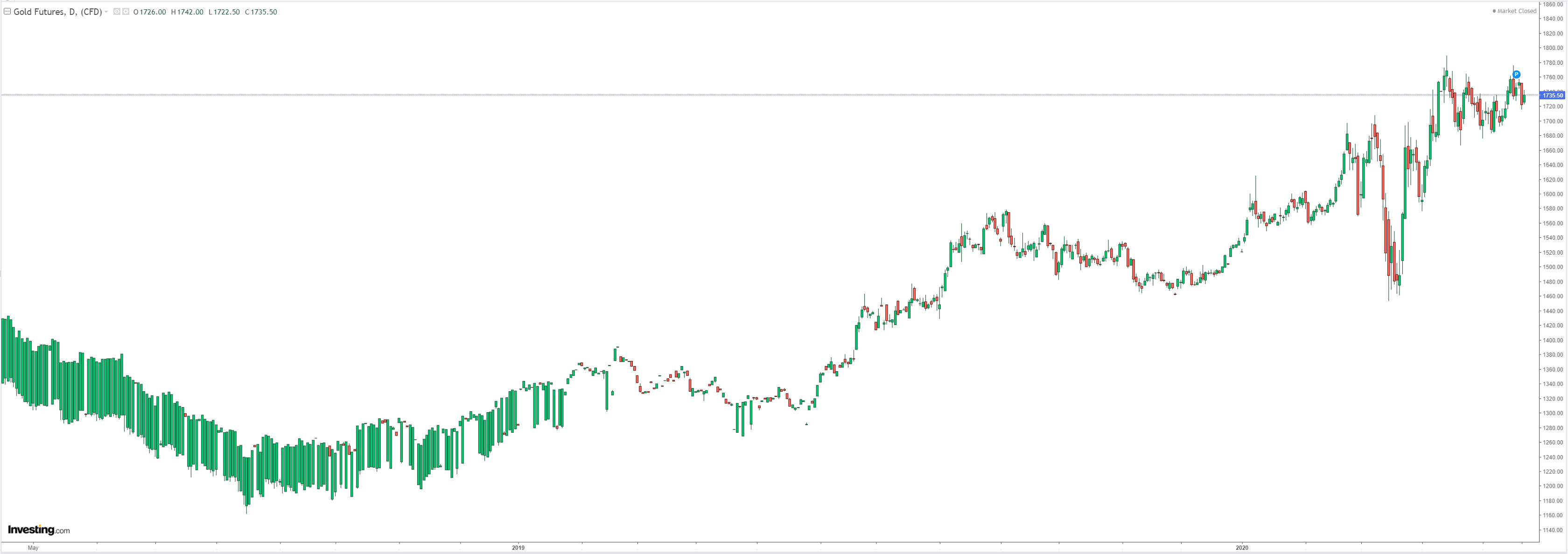
Oil eased:
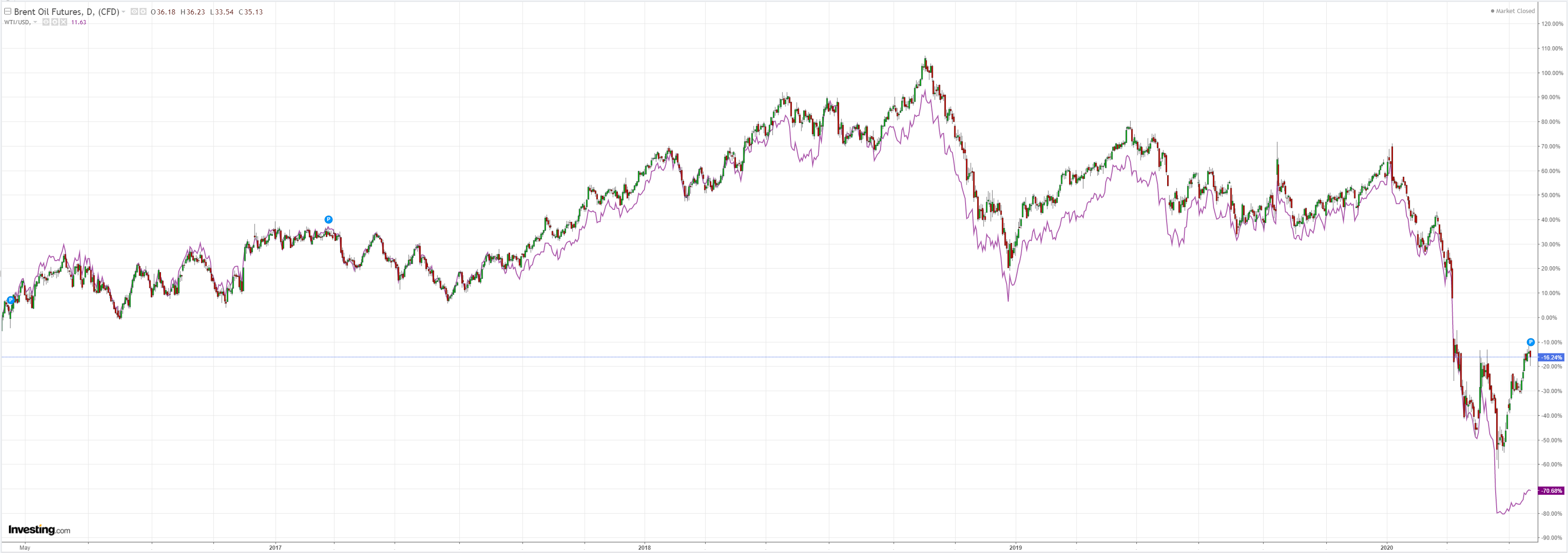
Dirt sank:
Big miners held on as their iron ore came back as rifles and bullets:
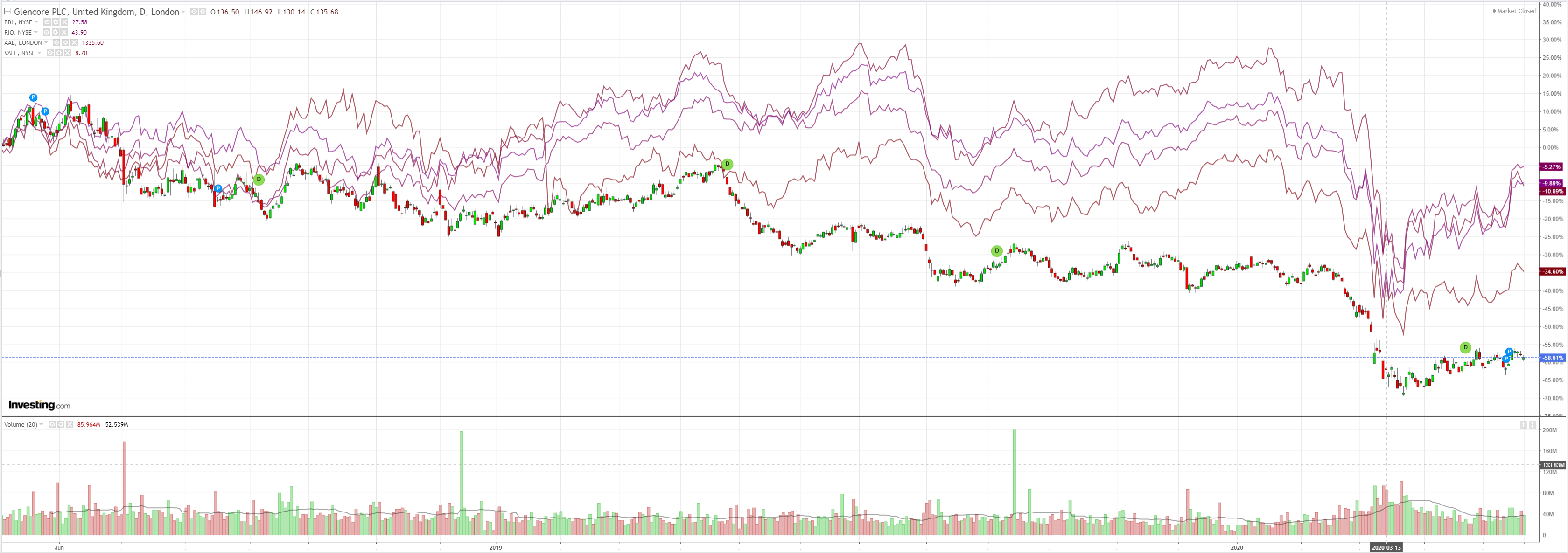
EMs were hit:
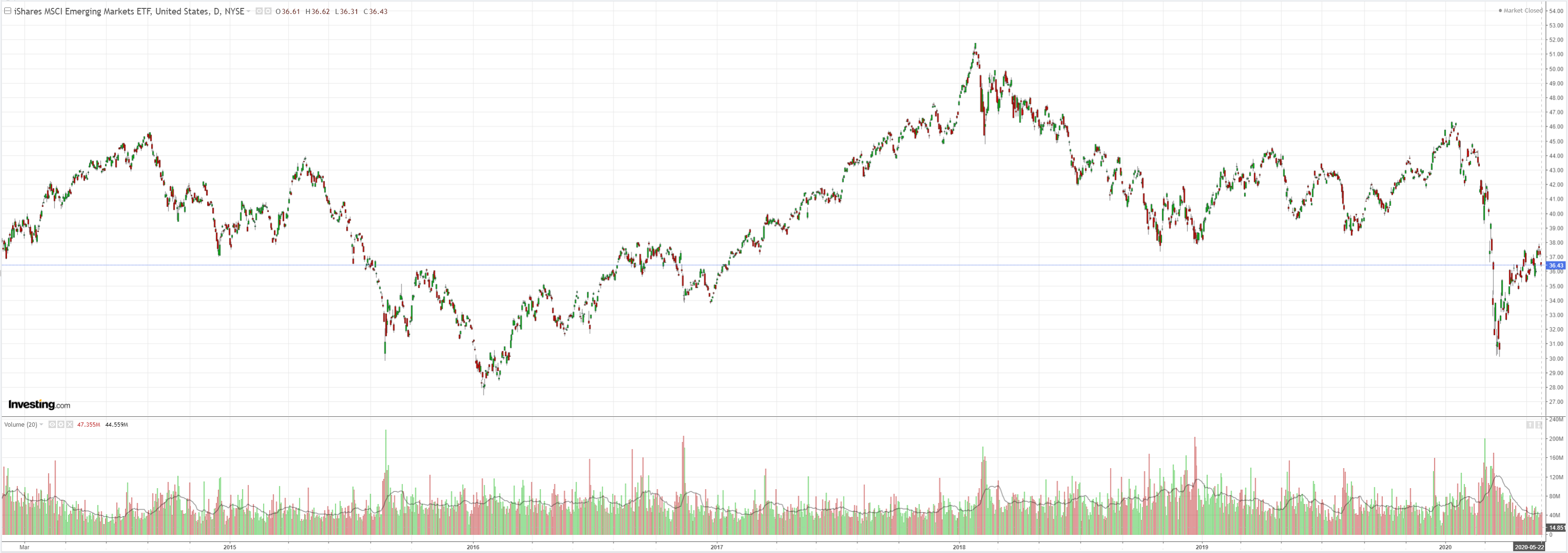
Junk eased:
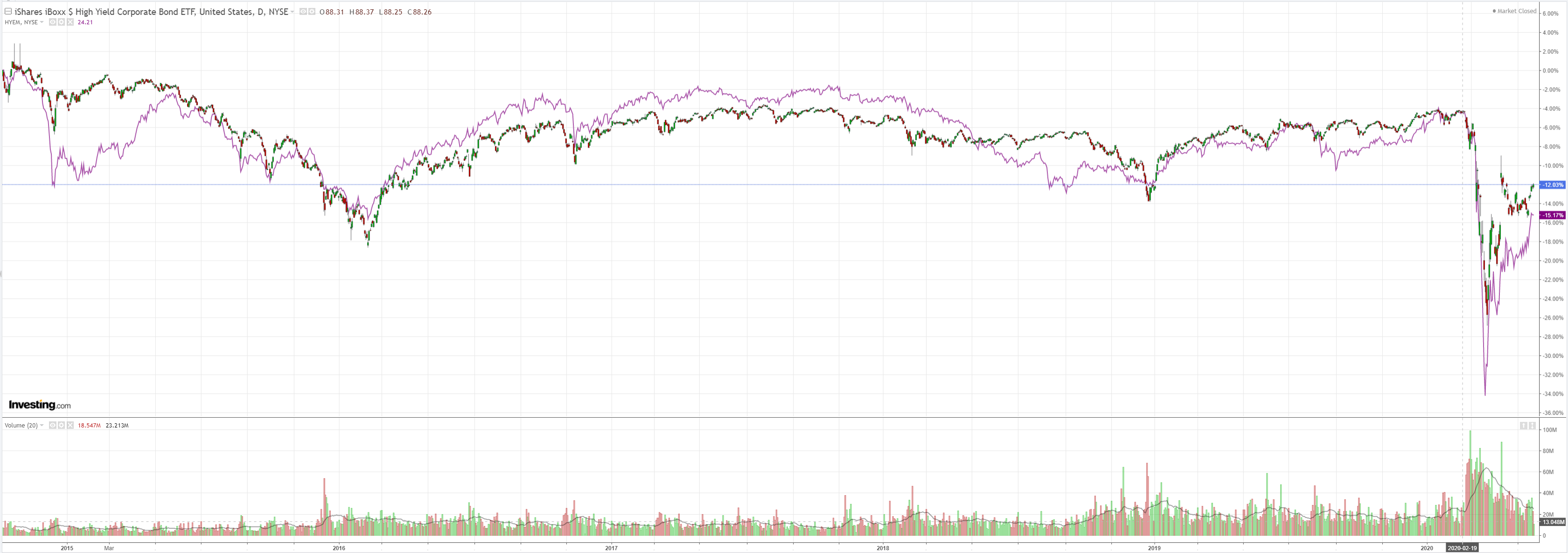
Bonds were bid:
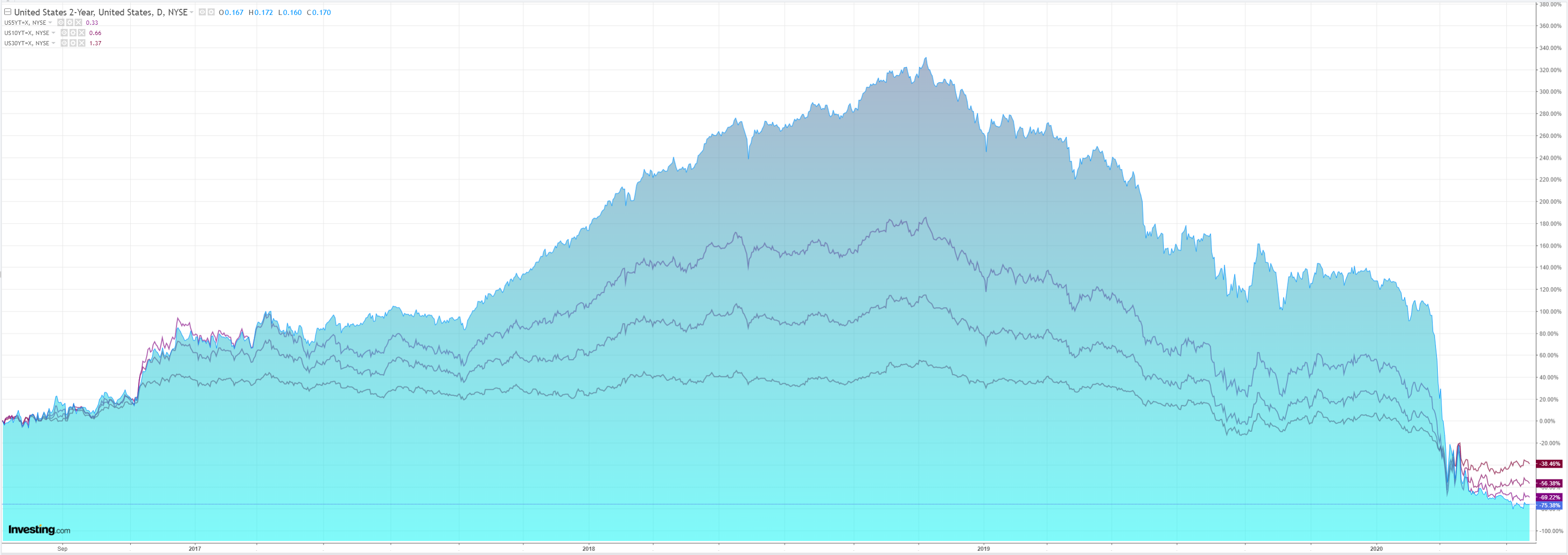
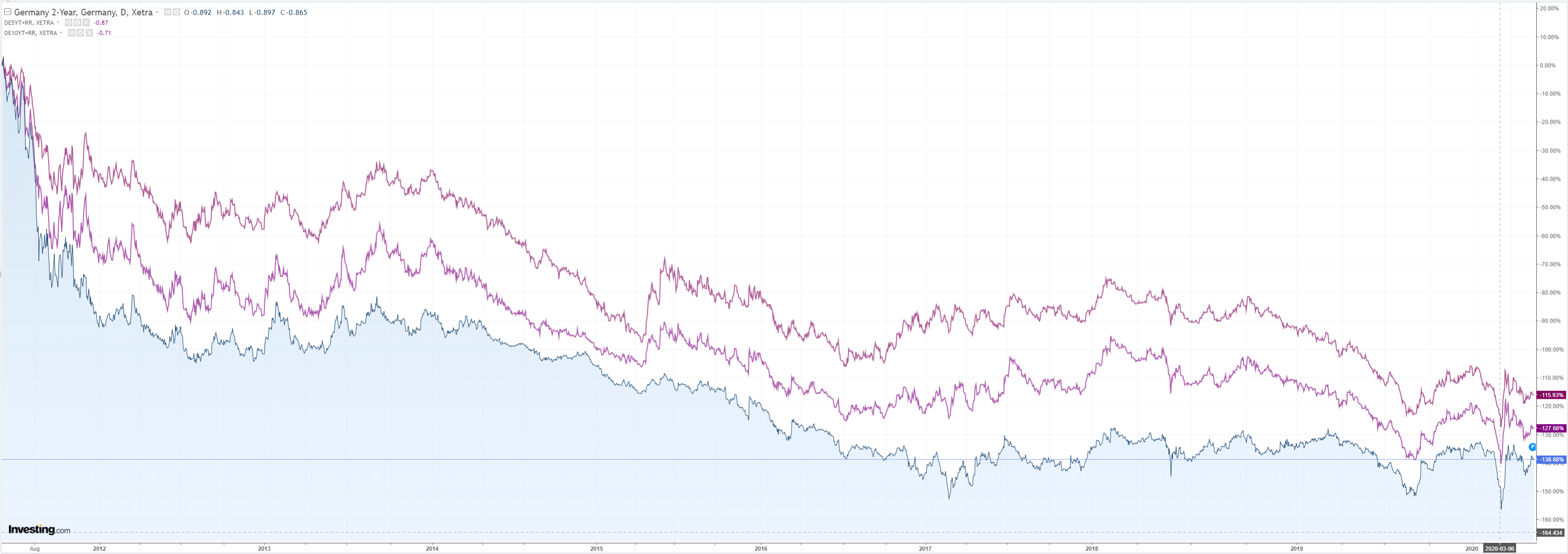
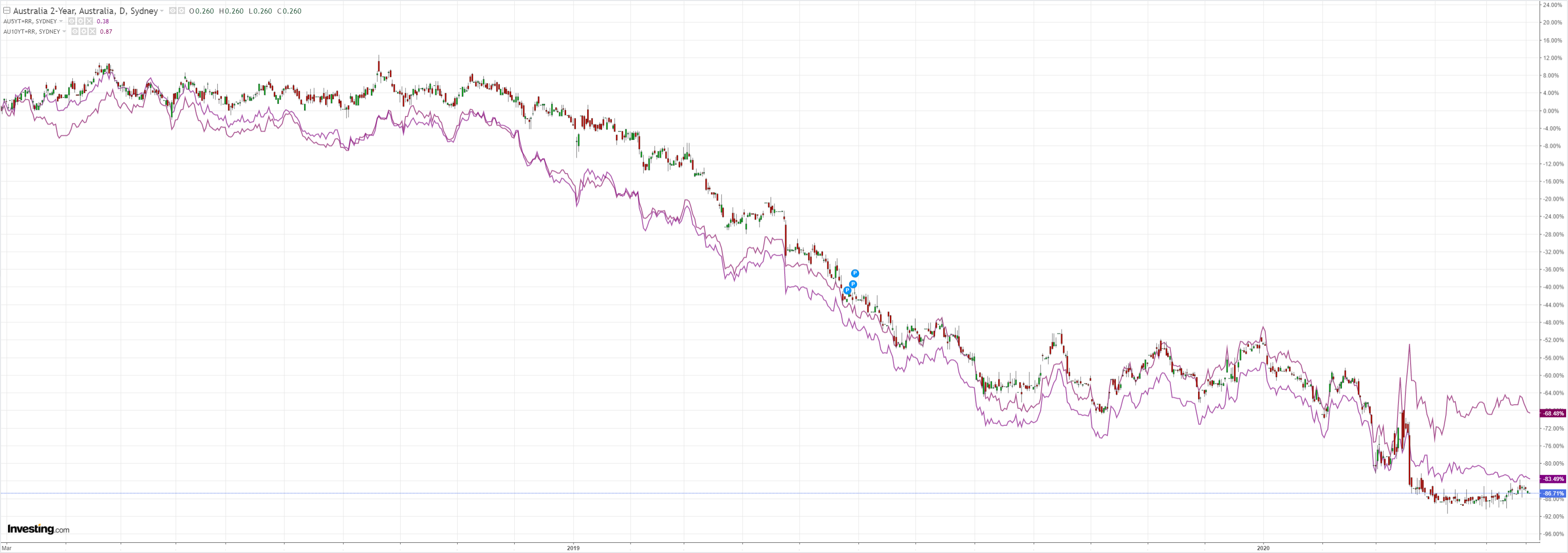
Stocks fell then rallied:
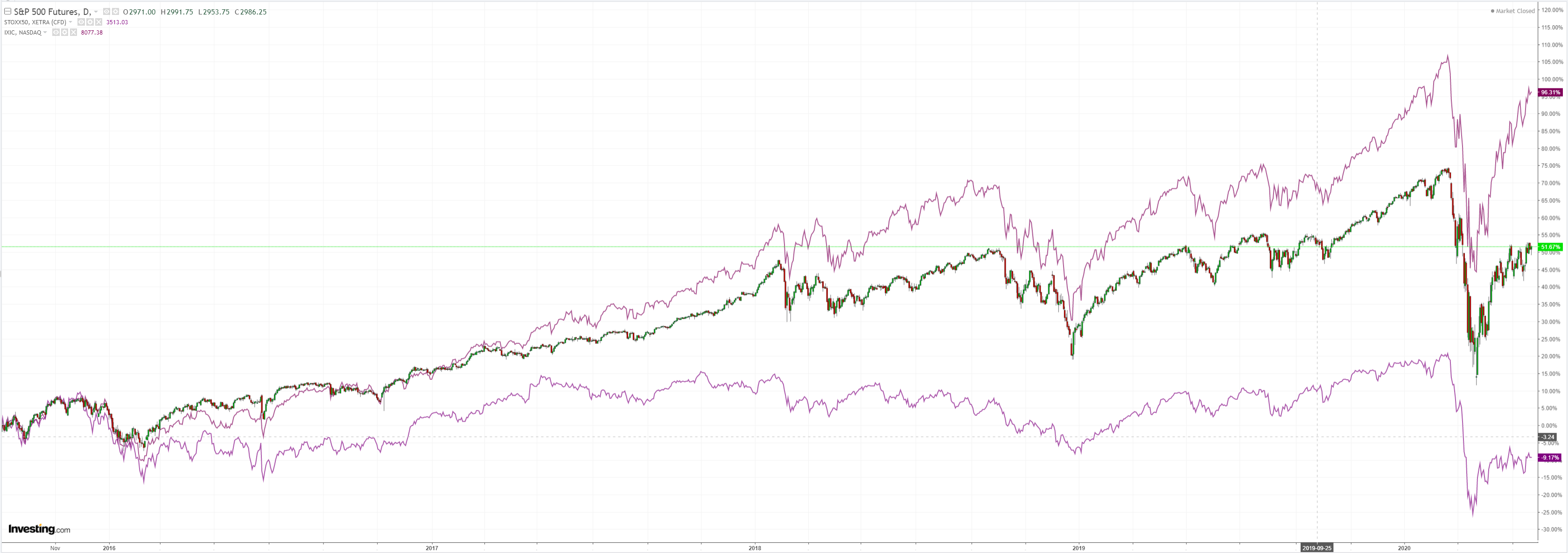
Bloomie has the gist of it:
Hong Kong police deployed a water cannon and fired tear gas as violence returned to the city’s streets with hundreds of protesters marching against China’s plans to impose a sweeping national security law.
A heavy police presence prevented activists from proceeding with the unauthorized march from Causeway Bay to Wan Chai. Demonstrators scattered after the main group was broken up, burning barricades and blocking streets. More than 120 people were arrested, the police said in a post on their Facebook page.
China said it will introduce a law to prevent and punish any acts of secession, subversion or terrorism in the city that threaten national security. Pro-democracy activists say the move endangers the future of “one country, two systems,” the principle by which the Asian financial hub is overseen by Beijing since the handover from Britain in 1997.
It’s life and death now in Hong Kong. Who knows how it will react. If it is a long struggle then the CNY will fall, as it did Friday night:
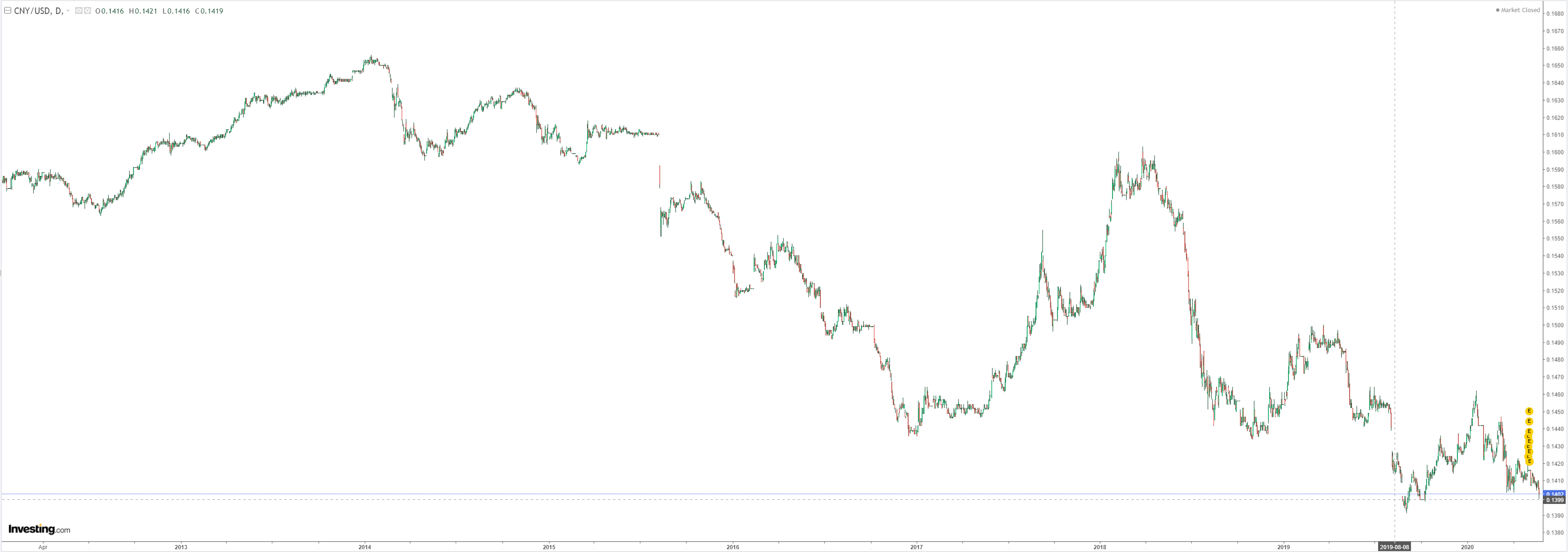
And any conflict of endurance and/or substance will drag the Australian dollar down with CNY:
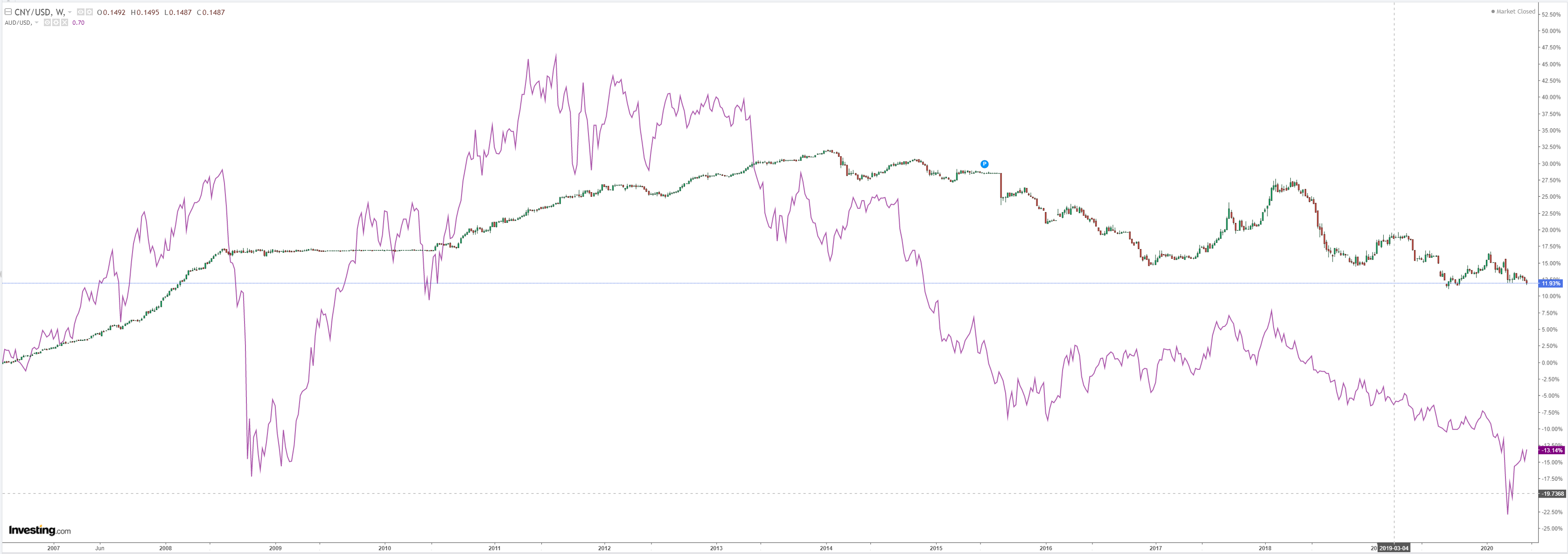
Markets would bid up the approach of a killer asteroid today. Let’s see if Hong Kong is it.

